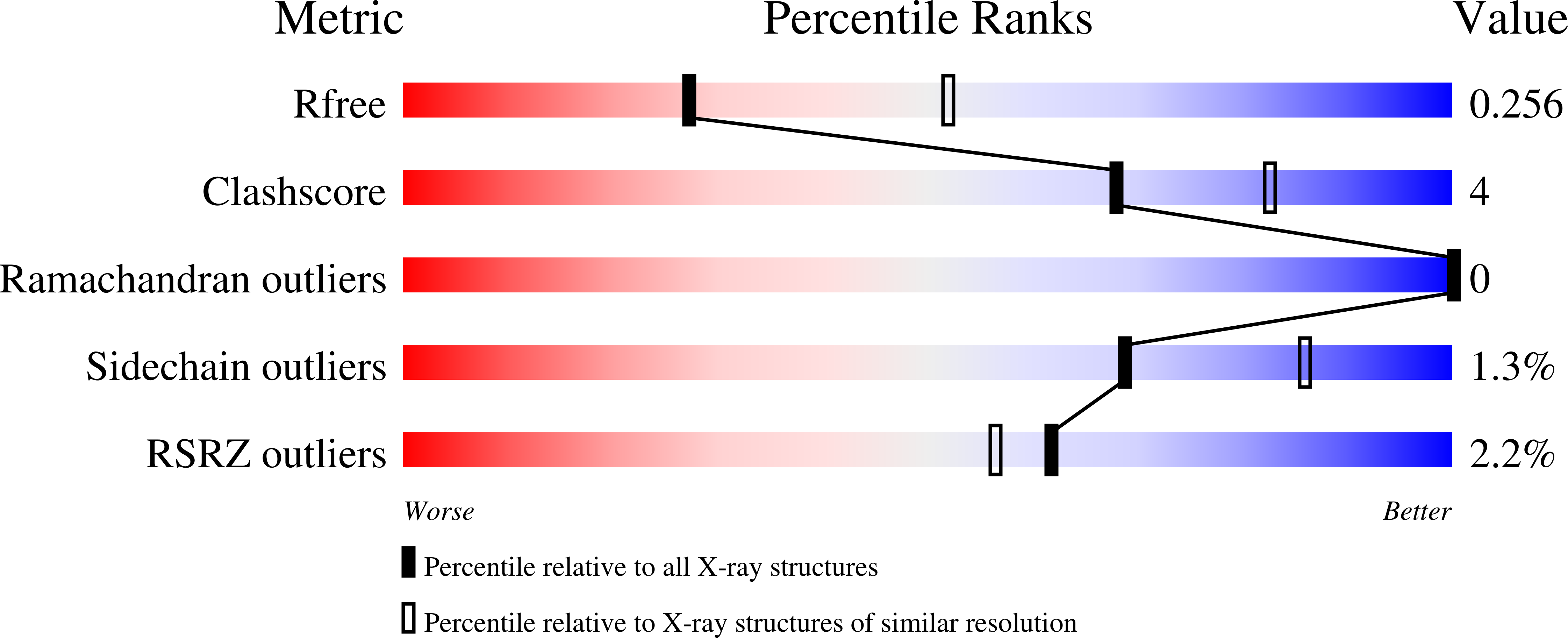
Deposition Date
2017-12-02
Release Date
2018-12-05
Last Version Date
2023-10-25
Method Details:
Experimental Method:
Resolution:
2.61 Å
R-Value Free:
0.25
R-Value Work:
0.17
R-Value Observed:
0.18
Space Group:
P 21 21 21


